
Joffre Peak is a 2,721-metre (8,927-foot) mountain summit located in the Coast Mountains, in Joffre Lakes Provincial Park, in southwestern British Columbia, Canada. It is the second-highest point of the Joffre Group, which is a subset of the Lillooet Ranges. It is situated 26 km (16 mi) east of Pemberton and 11 km (7 mi) northeast of Lillooet Lake. Joffre is more notable for its steep rise above local terrain than for its absolute elevation as topographic relief is significant with the summit rising 1,500 meters (4,920 ft) above Cayoosh Creek in 4 km (2.5 mi). The nearest higher peak is Mount Matier, 1.6 km (1 mi) to the south. The mountain's climate supports the Matier Glacier on the southwest slope, and the Anniversary Glacier on the southeast slope. Precipitation runoff from the peak drains into Joffre Creek and Cayoosh Creek which are both within the Fraser River watershed.

Otter Mountain is a prominent 2,693-metre (8,835-foot) glaciated summit located in the Coast Mountains of British Columbia, Canada. It is situated 16 kilometers northeast of Stewart, British Columbia, and the nearest higher peak is Mount Pattullo, 25.4 km (15.8 mi) to the north. Otter ranks as the 23rd most topographically prominent summit of Canada. Topographic relief is significant as the summit rises 2,380 meters above Bitter Creek Valley in 5 kilometers. This mountain's toponym was adopted as "Mount Otter" on 24 July 1945, and officially renamed Otter Mountain on 5 November 1953 by the Geographical Names Board of Canada. Precipitation runoff from the mountain drains west into Bitter Creek which is a tributary of the Bear River, or east to Nelson Creek which is part of the Nass River drainage basin, and all ultimately finds its way to the Inside Passage.
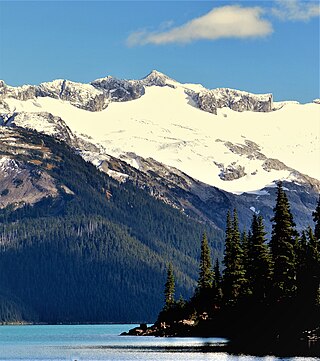
Mount Carr is a 2,590-metre (8,497-foot) mountain summit located in British Columbia, Canada.

Handcar Peak is a 2,338-metre (7,671-foot) mountain summit located in the Railroad Group of the Coast Mountains, in the Pemberton Valley of southwestern British Columbia, Canada. It is situated 38 km (24 mi) northwest of Pemberton and 3 km (2 mi) west of Locomotive Mountain. Precipitation runoff from the peak drains into Sampson Creek and Buck Creek which are both tributaries of the Lillooet River. Handcar Peak is more notable for its steep rise above local terrain than for its absolute elevation as topographic relief is significant with the summit rising over 2,050 meters (6,725 ft) above Lillooet River and Pemberton Valley in approximately 4 km (2.5 mi). The mountain's name was proposed in 1978 by mountaineer Karl Ricker of the Alpine Club of Canada, in association with Railroad Pass, Railroad Creek and other railroad-related names of the immediate vicinity. The toponym was officially adopted January 23, 1979, by the Geographical Names Board of Canada.
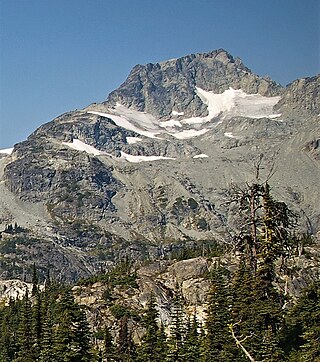
Face Mountain is a 2,485-metre (8,153-foot) mountain summit located in British Columbia, Canada.

Ipsoot Mountain is a 2,576-metre (8,451-foot) glaciated summit located in southwest British Columbia, Canada.

Phyllis's Engine is a 2,517-metre (8,258-foot) granite pinnacle located in British Columbia, Canada.
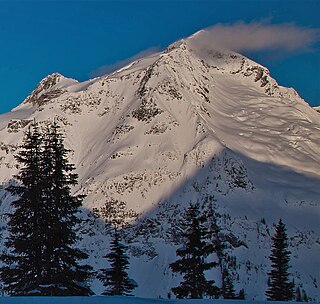
Mount Butters is a 3,141-metre (10,305-foot) mountain summit in British Columbia, Canada.

Beaver Mountain is a 3,212-metre (10,538-foot) mountain summit in British Columbia, Canada.
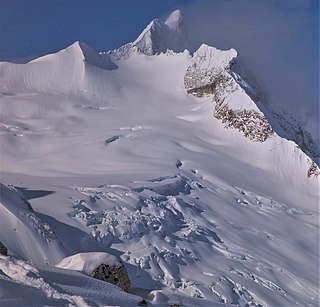
Pequod Mountain is a 2,979-metre (9,774-foot) summit in British Columbia, Canada.
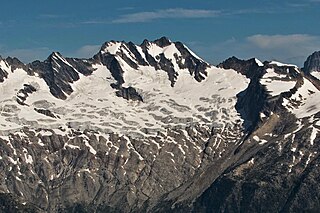
Moby Dick Mountain is a 3,154-metre (10,348-foot) summit in British Columbia, Canada.
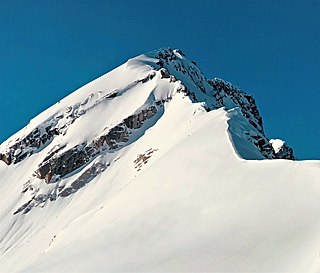
Outrigger Peak is a 2,850-metre (9,350-foot) mountain summit in British Columbia, Canada.
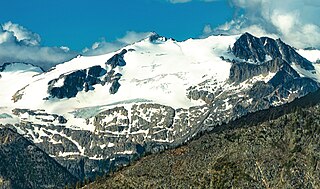
Kwoiek Peak is a 2,736-metre (8,976-foot) mountain summit located in British Columbia, Canada.

Kumkan Peak is a 2,742-metre (8,996-foot) mountain summit located in British Columbia, Canada.

Adamant Mountain is a 3,345-metre (10,974-foot) mountain in British Columbia, Canada.
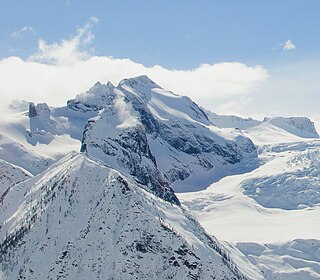
Ygdrasil Mountain is a 2,960-metre (9,710-foot) mountain in British Columbia, Canada.

Houdini Needles is a 2,663-metre (8,737-foot) mountain in British Columbia, Canada.
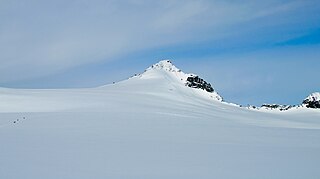
Sentinel Peak is a 2,992-metre (9,816-foot) mountain in British Columbia, Canada.
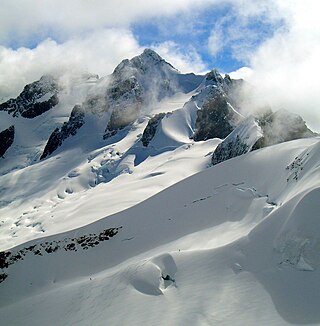
Austerity Mountain is a 3,337-metre (10,948-foot) mountain in British Columbia, Canada.

Unicorn Mountain is a 3,010-metre (9,880-foot) mountain in British Columbia, Canada.


























